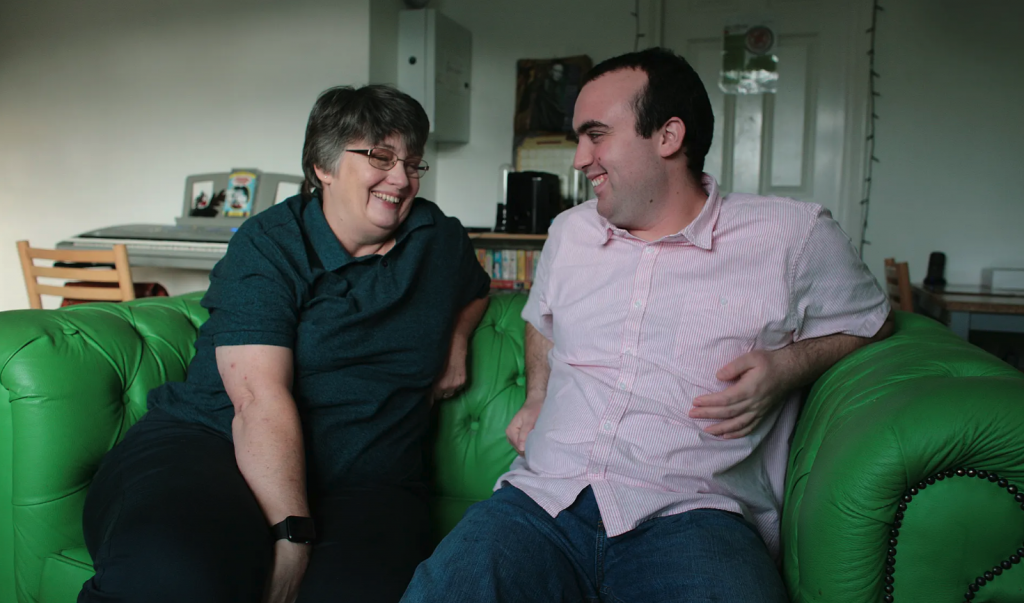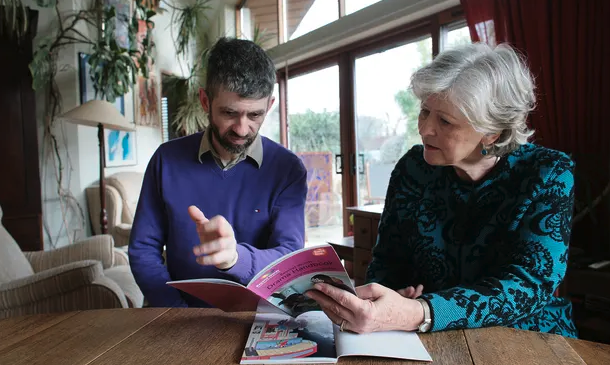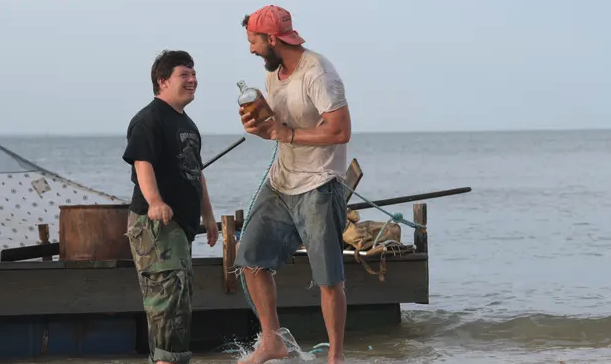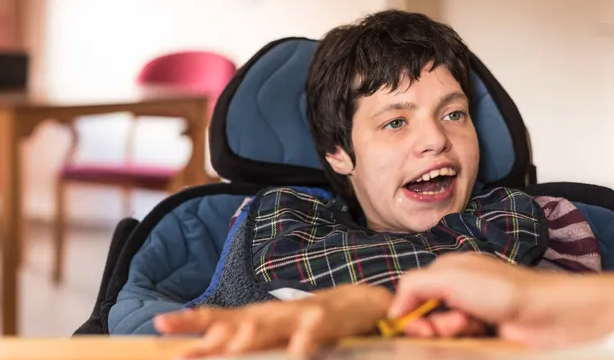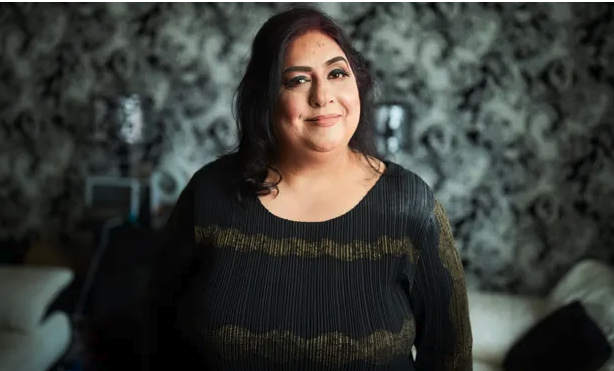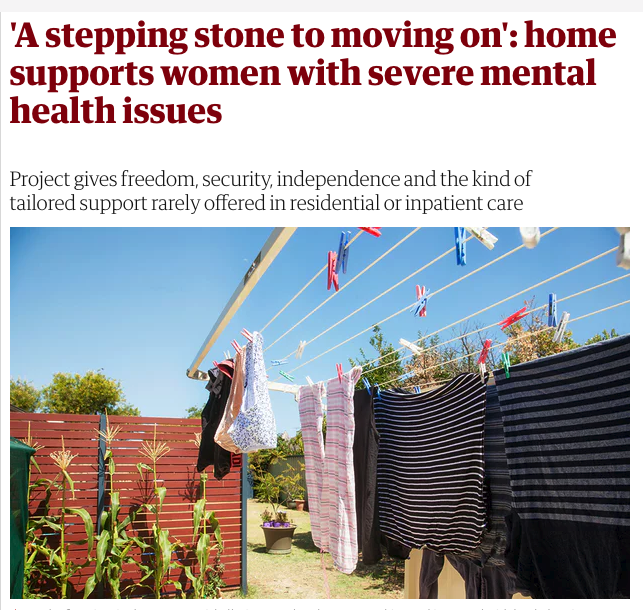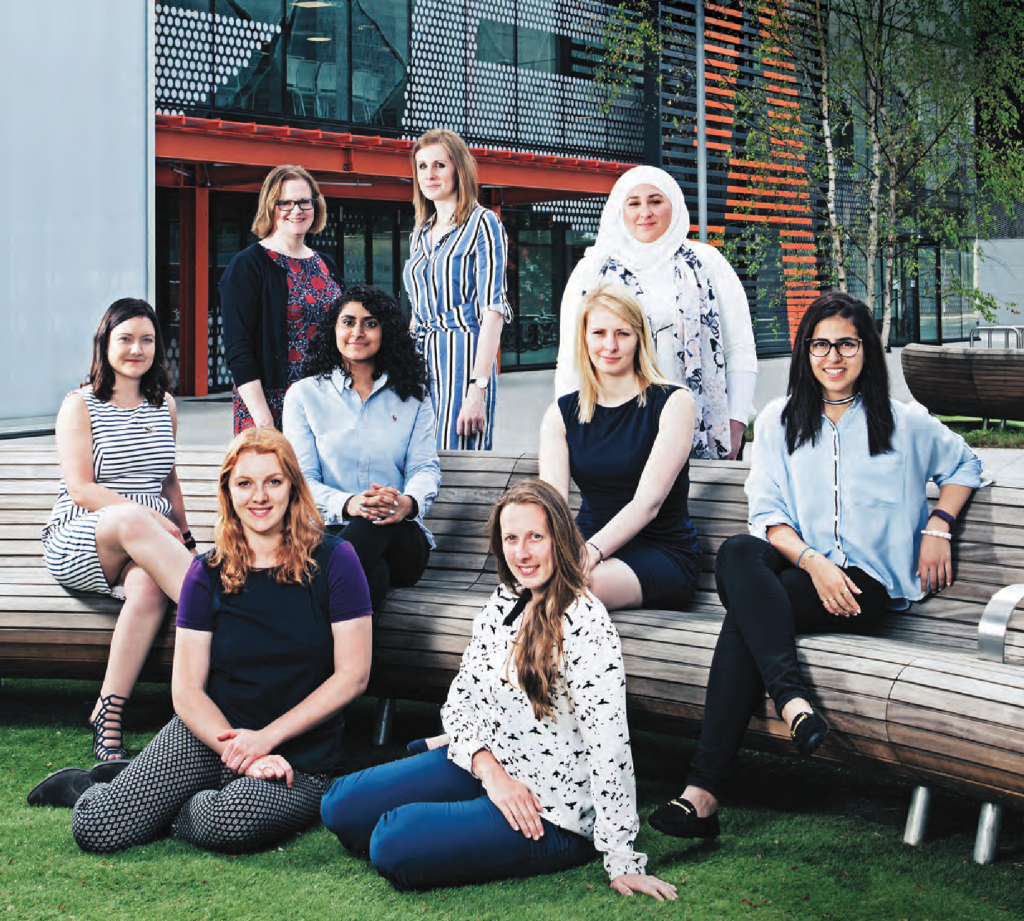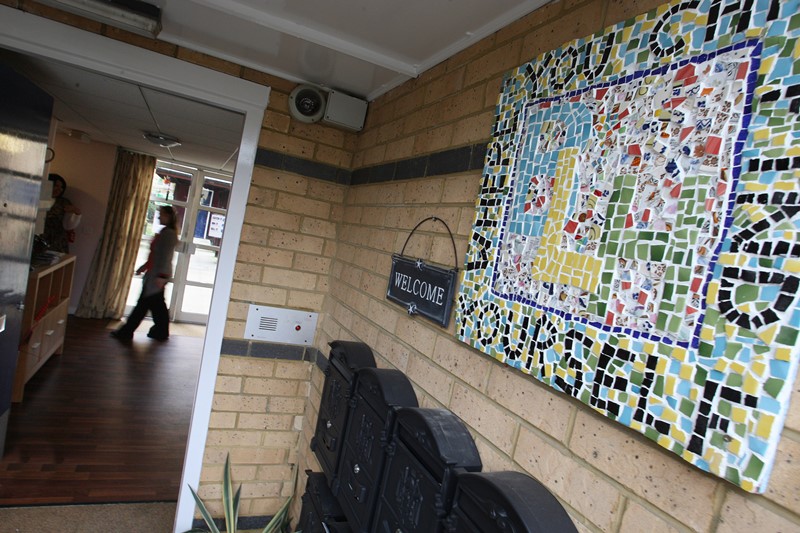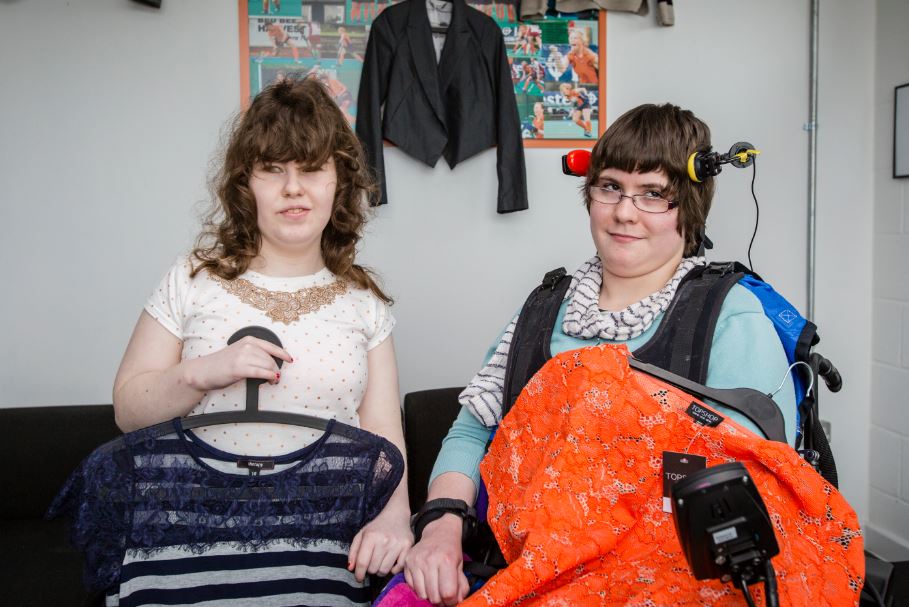Women in Croxteth, Liverpool, discuss the impact of cuts on communities, part of the research for the new book, Austerity Bites
Do you know what austerity really means?
Here’s a definition from the Collins Dictionary, as quoted in Mary O’Hara’s commanding new book on the subject, Austerity Bites: “…difficult economic conditions created by government measures to reduce the budget deficit, especially by reducing public expenditure: a period of austerity/austerity measures.”
But that literal definition, and the words of politicians using the rhetoric of austerity to mask the harsh impact of public spending cuts, conveys nothing of the human cost of the unprecedented reform of the welfare state.
Austerity Bites redresses that imbalance. I don’t usually do reviews on this site, but this timely book demands attention.
Reading this book means you join the award-winning journalist O’Hara in her “journey to the sharp end of cuts in the UK”. Based on a 12-month trip around the country meeting diverse people affected by cuts as reforms were introduced in 2012 and 2013, O’Hara gives a platform to untold stories of hardship.
O’Hara’s book suggests, “austerity” has become an acceptable rhetoric, one that glosses over the harsh impact of welfare reform – as in “cuts hurt but in the age of austerity, what else can we do?” The creeping normalisation of food poverty and food banks, as explored in this book, is shameful.
While an intricate explanation is given of the political and economic context, it is the lives of those whose voices are rarely given a platform – the homeless, the disabled, the young among them – that are the focus here.
Crisscrossing the country, the picture is one of political classes living in a “bubble” untouched by the harsh reality of life on the front line of Austerity UK; a massive chasm between the people suffering from the impact of cuts and abolition of vital benefits and the people making the decisions to abolish that support.
People talk of “breaking point”, “existing not living”, their “desperate situation”; the book does much to explode the myth of benefit Britain. A fairly comprehensive catalogue of unfairness is chronicled in Austerity Bites – the disabled, for example, are shown to be bearing the brunt of cuts, the vulnerable are made more vulnerable and the poorer become poorer.
As one man, Dec, who O’Hara meets on a Luton estate tells the author: “Do I deserve better? Do other people deserve better? I think they do.”
Unsettling, but vital, reading, this book lays bare the real, true story of austerity.

